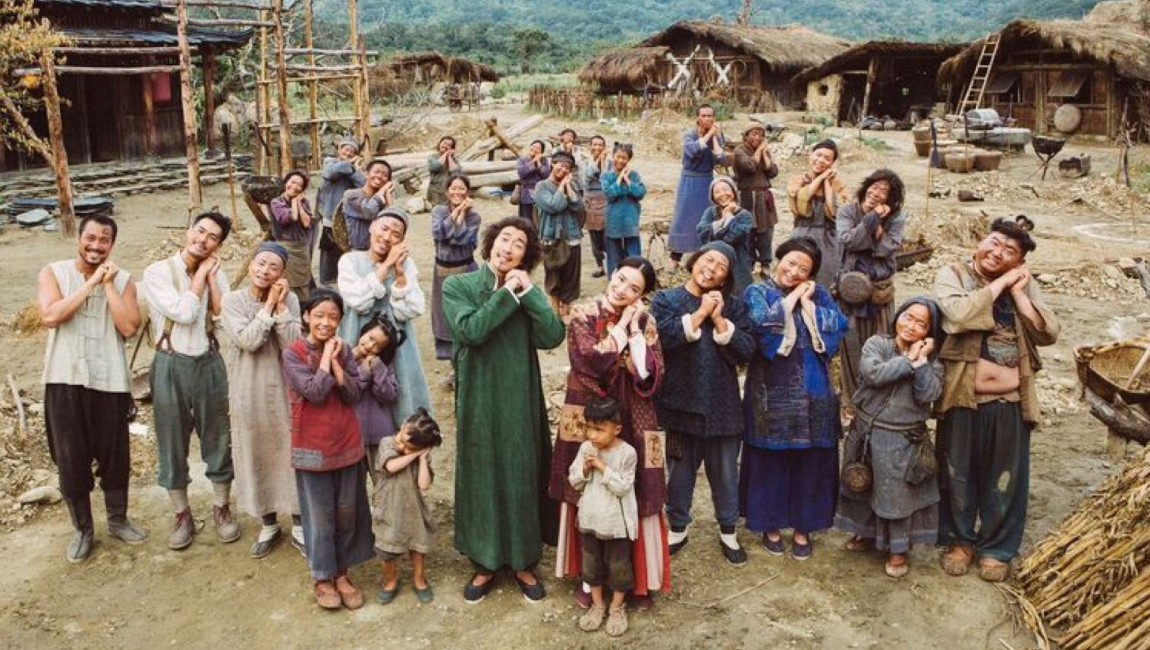No question, the ‘90s were a turbulent time for superhero movies: the Superman franchise had long been dormant, put in limbo thanks to producer malfeasance and increasingly awful sequels; ditto the Batman films, with the one-two punch of the puke-colored, day-glo, pop-culture-punchline-featuring Batman Forever and Batman & Robin turning the iconic character into pure camp. Numerous other heroes — the Fantastic Four, Captain America, Nick Fury, Generation X, Spiderman — had all been the subjects of particularly awful, no-budget movies and television cheapies, all created by cynical producers merely intent on holding onto IP rights. And though 1994’s The Crow earned modest box office success, its industrial-goth chic never infiltrated the mainstream beyond its massively successful soundtrack. Which is why Blade, released late in the summer of 1998, felt like such a shot to the face (or a stake in the heart, if you prefer). In fact, Stephen Norrington’s film infuses style and action in such a compelling way that it ended up laying the groundwork for an entire decade of comic book, and comic book-inspired, superhero movies. The Matrix came out less than a year later, cementing the monochrome, leather-clad fetish that influenced everything from 2000’s X-Men to the fluid, hyper-kinetic camerawork of 2002’s Spiderman, and even the inaugural entry in the eventual world-conquering Marvel Cinematic Universe, 2008’s Iron Man. Many people were also quick to point out during Black Panther’s unprecedented 2018 run that Blade got there first: a black superhero franchise replete with secret societies and arcane rules and mythology.
Blade is by no means a masterpiece, but its low stakes, and its eager embrace of genre thrills, make it an endlessly entertaining lark, made all the more exciting by its unabashed R rating. It is gloriously, delightfully bloody, full of dismemberments, impaling, and throat ripping; like any good ‘B’ picture, it works because everyone involved in it is taking it very, very seriously. Wesley Snipes was a huge star in the ‘90s, releasing something like twenty films in ten years, from action flicks (Passenger 57, Drop Zone, Demolition Man, Money Train) to indie films with go-to director Spike Lee (Mo’ Better Blues, Jungle Fever), and even comedies (White Men Can’t Jump, To Wong Foo…). Snipes brought to Blade, the character and the film, a sizable fanbase and a serious commitment to craft — a far cry from, say, the lumbering, monosyllabic Dolph Lundgren playing the Punisher. Blade is part human, part vampire — or, as he puts it in regards to both, he has “all of their strengths and none of their weaknesses.” Thanks to his partial human physiology, Blade can move around freely in daylight without turning into a crispy critter and evaporating into dust. This makes upstart vampire revolutionary Deacon Frost (Stephen Dorff) think that Blade’s blood is key to an ancient ritual that will turn the entire world’s population into sun-proof vampire gods. Meanwhile, the upper echelon of vampire bosses prefer things the way that they are, and are none too keen on the uppity Frost messing around with business as usual. (Hilariously enough, they’re most annoyed by Frost’s underground rave dance parties. Vampire parents just don’t understand!)
Norrington pulls out all the stops and throws every trick he can think of at the screen: Working with cinematographer Theo Van De Sande, the two utilize rear-projection, speed-ramping, multiple frame rates and shutter speeds, time-lapse photography, and a in vogue neon ambiance.
To helm this weird tonal mishmash of sexy vampire club kids and the stoic, lone warrior who wants to hunt down and kill them, producer Peter Frankfurt plucked director Norrington from relative obscurity; he came from a special effects and makeup background, most notably working on Richard Stanley’s Hardware, as well as Aliens and Alien 3 (during which he became friends with David Fincher, himself a former special effects tech graduating to directing). Norrington’s first film, horror/sci-fi hybrid Death Machine, isn’t particularly good, but it was slickly produced and on a shoestring budget — clearly, this guy could do a lot with a little. And sure enough, Norrington’s contribution to Blade can’t be overstated; he infuses David Goyer’s simplistic screenplay with pulsating, frenetic energy, and a techno beat that steadily thrums throughout the film. Norrington pulls out all the stops and throws every trick he can think of at the screen: Working with cinematographer Theo Van De Sande, the two utilize rear-projection, speed-ramping, multiple frame rates and shutter speeds, time-lapse photography, and a in vogue neon ambiance. Appropriately, things mostly calm down for the action scenes — better to let Snipes’s full athletic abilities play out in nicely choreographed fights, with clear, clean compositions and crisp editing.
Blade careens through a convoluted plot with wild abandon, never letting coherence get in the way of a sexy pose or highly stylized establishing shot. This thing is all sleek, shiny surfaces, with Eurotrash icon Udo Kier, a young Donal Logue, and a grizzled Kris Kristofferson rounding out the cast, adding colorful character-actor spice. N’Bushe Wright cuts an imposing figure as the nominal love interest, although the film smartly doesn’t lean too hard into that angle; she’s too much of a badass to be relegated to the girlfriend role. Blade is fleet, nasty fun, and a reminder that superhero films can come in all shapes and sizes. As the genre has gradually upped the ante to an intergalactic scale, with every battle determining the fate of the entire universe, there’s not much room for these smaller, slightly modest endeavors. Here’s hoping for a little more variety as we move beyond the Marvel and DC hegemony.
Part of Kicking the Canon – The Film Canon.







